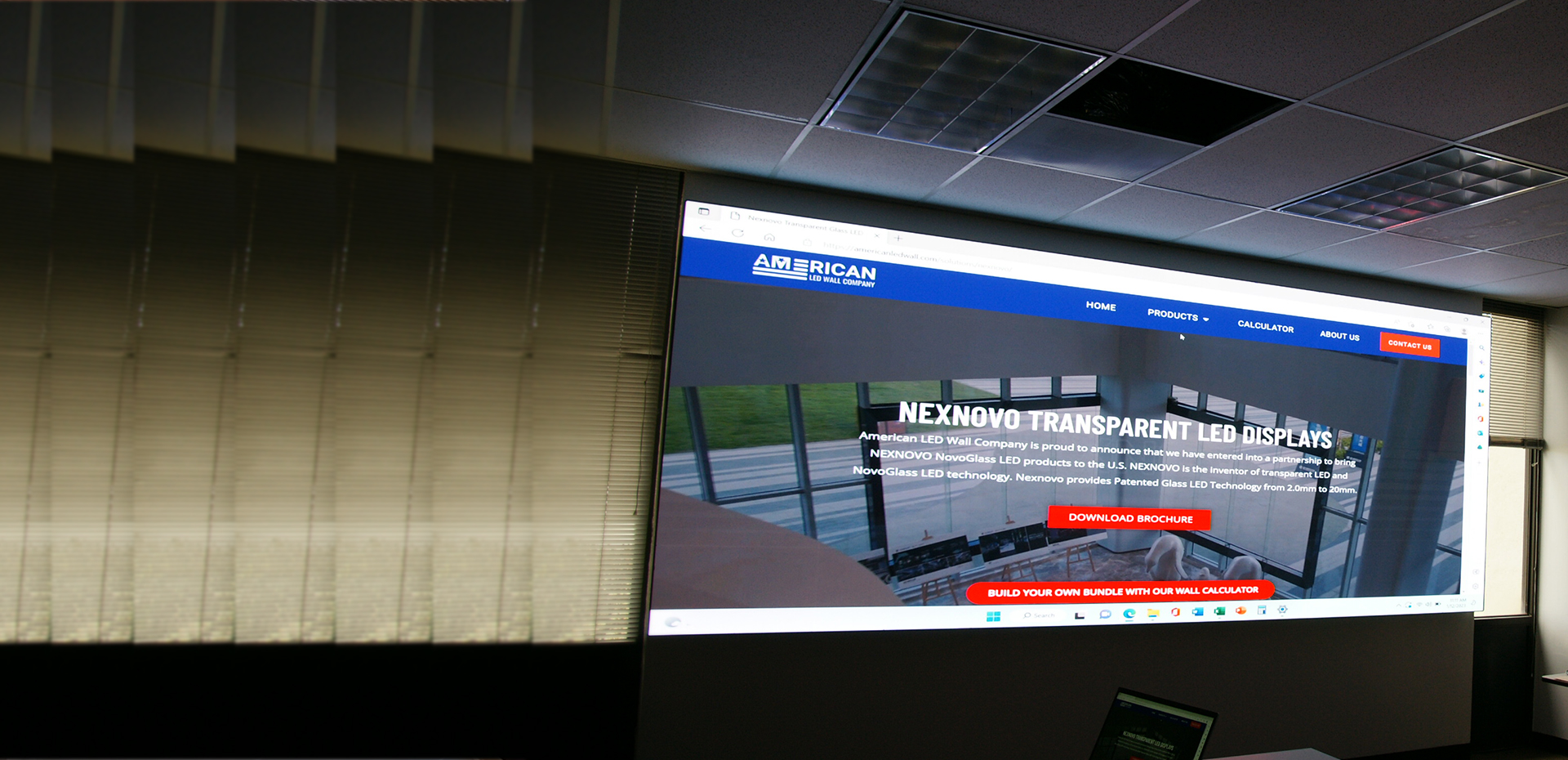Innovative Strategies to Improving Untethered Connectivity Technologies for LED Panel Surfaces.
Wiki Article
Untethered communication solutions for LED wall screens have redefined the way we utilize visual displays in various environments, such as live events, corporate gatherings, and advertising. These panels, known for their vibrant colors and high clarity, rely heavily on stable wireless networks to perform optimally. As technology continues to evolve, innovative strategies are being engineered to optimize these wireless frameworks. This article will explore some of the latest strategies aimed at improving wireless integration for Luminescent Diode wall displays.

One significant method to enhancing wireless connectivity is the use of next-generation antenna technology. Antennas play a vital role in sending and receiving signals between components. By utilizing smart antennas, which can adjust their orientation and focus based on the surroundings, engineers can significantly enhance signal integrity and reliability. This dynamic tuning helps minimize interference from other electronic devices and barriers, leading to clearer video quality and more consistent link performance for LED wall panels.
Another forward-thinking strategy involves implementing mesh network architectures. Unlike traditional wireless configurations that depend on a single router, mesh networks consist of multiple connection points that collaborate to spread the internet connection over a broader area. This setup ensures that Light Emitting Diode wall screens receive a steady signal regardless of their location. In spaces like stadiums or large event centers, where physical obstructions may interfere with signals, mesh networks provide a more robust framework by Resources ensuring connectivity even in crowded areas.
Moreover, incorporating edge processing into wireless communication systems can enhance efficiency for Light Emitting Diode wall displays. Edge computing enables data handling to occur near the source of data origination rather than relying solely on centralized data centers. By processing data near the LED wall panels, the system reduces latency, resulting in quicker response times and smoother video playback. This development is especially beneficial for use cases that demand real-time responses or interactive functions, making visual displays more engaging for viewers.
Lastly, adopting new transmission standards can also enhance wireless network performance for Light Emitting Diode wall screens. Protocols such as 802.11ax and fifth-generation wireless offer greater bandwidth and faster data throughput compared to earlier standards. These technologies allow multiple devices to connect simultaneously without sacrificing performance. As LED wall panels are often used in conjunction with other smart devices, implementing these advanced protocols ensures that all components can interact seamlessly, leading Web Site to an significantly improved user experience.
To summarize, the advancement of wireless communication technologies for Light Emitting Diode wall panels is crucial as technology continues to advance. Through innovations such as intelligent antennas, mesh networking systems, edge computing implementation, and new communication protocols, producers can provide better efficiency and reliability. These approaches not only improve the functionality of Luminescent Diode wall units but also enhance the visual experiences they offer across multiple applications. As these technologies develop further, audiences can look forward to even more impressive visual presentations in the coming years.